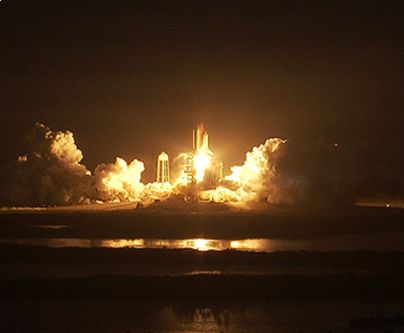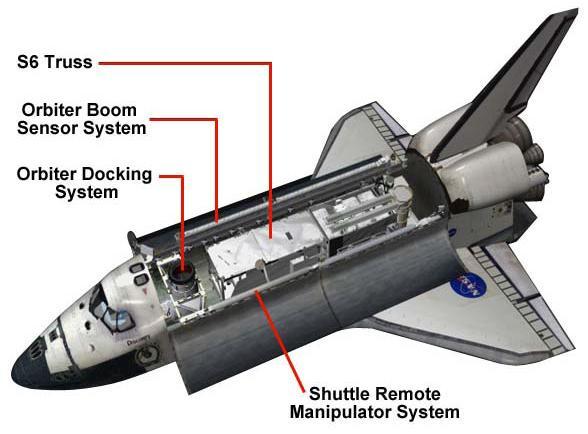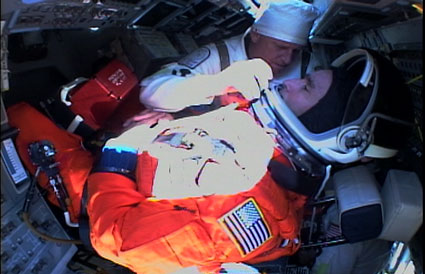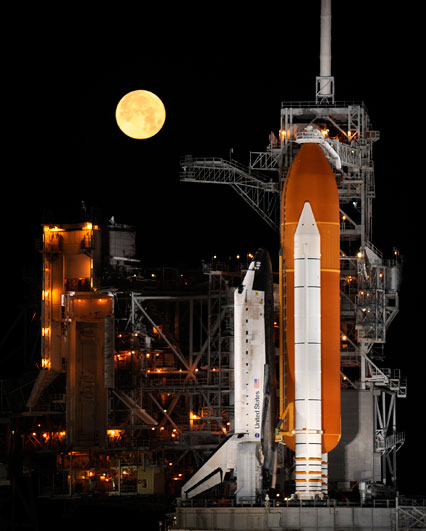A few hours before the launch, there was a small drama, when the drop in hydrogen pressure occurred again during refueling, but in the end the pressure matter was handled manually by a special team, and the launch was confirmed

Update 01:52 - The external fuel tank has also successfully separated from the shuttle and it has already entered orbit around the Earth. Later, its engines will be re-ignited to adjust its orbit to that of the International Space Station.
Update 01:47 - The space shuttle Discovery was launched from the Kennedy Space Center at 01:43. As of this minute, the solid fuel rockets accompanying the shuttle in the first minutes of flight have successfully separated and all three shuttle engines are operating normally.
After delays of over two months, and a little drama that happened at nine o'clock in the evening (Sunday) according to our time, the ferry flight was finally approved. During refueling, the gas pressure dropped in the pipe carrying the hydrogen, which is one of the two gases used as fuel for the shuttle. A team of technicians was dispatched to the launch and fixed the fault. As I recall, it was a malfunction in the hydrogen piping that prevented the original launch scheduled for Wednesday, and a more fundamental malfunction, in the pressure sensors in the pipes that carry the hydrogen from the external fuel tank to the shuttle's engines, is the one thatprevented the launch for about two months. A few hours before the launch, the astronauts sat down in their new chairs, which should make it easier for them to absorb the shocks of the launch.

The crew on board the ferry They are Lee Archambault, the commander of the shuttle Discovery on mission STS-119, and with him the pilot Tony Antonelli, and the astronauts Joseph Acaba, John Phillips, Steve Swanson and Richard Arnold as well as the Japanese astronaut Koichi Wataka. Watka will alternate with Sandra Magnus and remain as a member of the space station crew. Magnus will return to Earth with the rest of his friends.
The shuttle carries inside the support component S6 which will be an extension to the long corridor of the station as well as the last pair of solar collectors intended for the station. S6 will complete the station's orbit and the collectors will provide about a quarter of the power consumption needed to support a crew of six astronauts. Until the end of the shuttle program, eight more launches remain for about a year and a half - until mid-2010 with the possibility of sailing until October 2010 - the end of the budget year in the American government.

Last week announced President of the United States Because he wants to add a shuttle launch that will include uploading physics experiments to the space station. In a visit to the Kennedy Space Center and its surroundings last Wednesday, Obama criticized the agency's foot-dragging that led it to repeatedly delay the launch of the space shuttle Discovery.
The Central Florida franchisees expressed to the president their concern about the lengthening of the gap between the end of the launch of the shuttles and the start of the launch of the spacecraft that will replace them, which could result in the dismissal of ten thousand employees at NASA and its subcontractors.


2 תגובות
Thanks for the link
Original (working) link, without commercial interests:
http://www.nasa.gov/multimedia/nasatv/